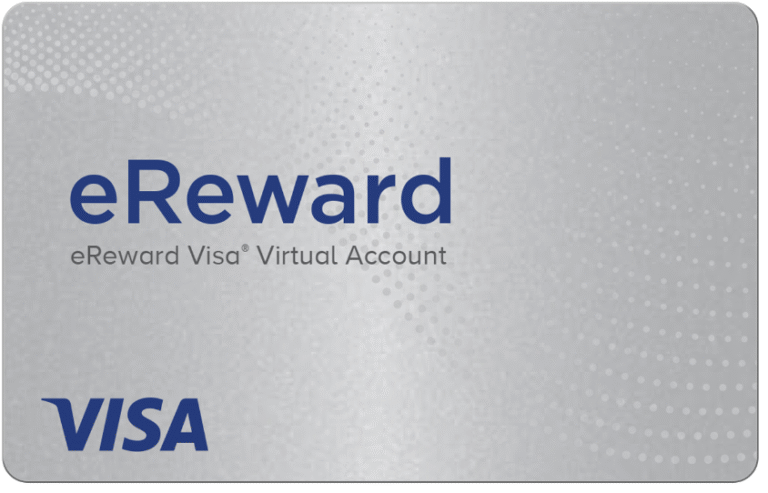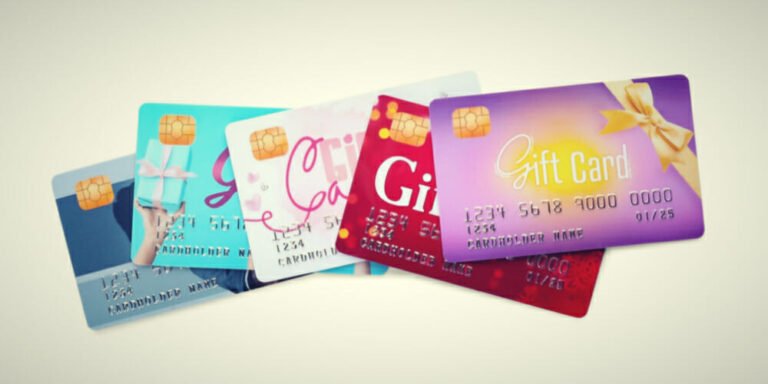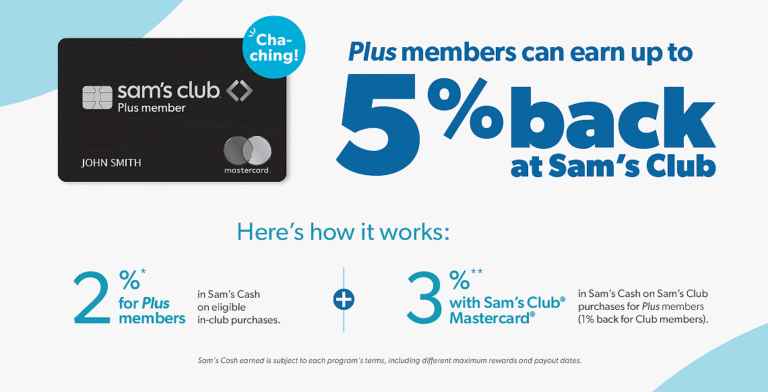How Do You Cancel a Chase Credit Card
If you're thinking about canceling your Chase credit card, it's important to approach the process thoughtfully. You'll want to start by reviewing your account to verify all balances are settled and rewards are redeemed. Once you've taken care of that, reaching out to Chase customer service will be your next step. But before you make that call, there are a few important factors to reflect on that could impact your decision and financial future. What are these factors, and how might they affect your credit score?
Reasons to Cancel Your Card
There are several reasons you might consider canceling your Chase credit card, from high fees to changing financial needs. If you're facing annual fees that don't align with your spending habits, it might be time to reevaluate. Additionally, if your financial situation has changed—perhaps you've lost income or are prioritizing savings—keeping a card with a high credit limit may not feel safe. Another reason is if you're overwhelmed with debt; canceling a card can simplify your finances. Furthermore, if you're no longer benefiting from rewards or perks, it could make sense to close the account. Ultimately, your financial safety and comfort should guide your decision, ensuring you make the best choice for your current situation.
Review Your Account Balance
Before canceling your Chase credit card, it's important to review your account balance to understand any outstanding charges or potential rewards you might lose. Taking this step helps guarantee you're making an informed decision. Here's what to check:
- Outstanding Charges: Make sure you settle any pending transactions.
- Payment Due Dates: Confirm when your next payment is due to avoid late fees.
- Credit Utilization: Assess how closing the card might impact your credit score.
- Annual Fees: Check if you've already paid an annual fee that you won't get back.
Redeem Rewards and Benefits
After reviewing your account balance, it's wise to redeem any outstanding rewards and benefits associated with your Chase credit card before canceling it. These can include cashback, points, or travel rewards that you've earned over time. Check the expiration dates on your rewards, as they can often be time-sensitive.
You can typically redeem rewards through the Chase website or mobile app, where you'll find various options tailored to your preferences. Whether it's booking travel, shopping, or receiving cashback, make sure you utilize what's available to you. By doing this, you'll maximize the value of your card before closing the account, ensuring that you don't lose any hard-earned benefits.
Pay Off Outstanding Charges
Make sure you've paid off any outstanding charges on your Chase credit card before initiating the cancellation process. This step is essential to avoid future complications and guarantee your credit report remains in good standing. Here are four key points to take into account:
- Check Your Balance: Log into your account and verify your current balance.
- Pay Off the Balance: Make a payment to clear any remaining charges.
- Monitor Transactions: Keep an eye on your account for any pending transactions.
- Confirm Payment: Wait for confirmation that your payment has processed before proceeding.
Contact Chase Customer Service
Once you've verified your balance is clear, the next step is to contact Chase customer service to initiate the cancellation of your credit card. You can reach them via the number on the back of your card or through their website. When you're on the call, be prepared to confirm your identity and express your desire to cancel.
| Feeling | Action | Outcome |
|---|---|---|
| Anxiety | Call customer service | Relief from uncertainty |
| Frustration | Explain your situation | Understanding and support |
| Empowerment | Make the cancellation request | Control over your finances |
| Clarity | Ask questions | Informed decision-making |
| Satisfaction | Confirm cancellation | Peace of mind |
This process is essential to guarantee you're making a safe and informed decision.
Confirm Cancellation Process
Confirming your cancellation is essential to guarantee your Chase credit card is officially closed and that you won't incur any future charges. Here's how to make sure everything's done properly:
- Receive Confirmation Email: Wait for an email or written confirmation from Chase about your cancellation.
- Check Your Account: Log into your Chase account to verify that your card status is marked as closed.
- Review Statements: Go through your recent statements to make certain no pending charges or fees are applied.
- Destroy Your Card: Cut up your physical card to prevent unauthorized use.
Monitor Your Credit Score
Regularly monitoring your credit score is essential after canceling a Chase credit card to guarantee your financial health remains intact. This helps you catch any unexpected changes that could impact your creditworthiness. After cancellation, your credit utilization ratio may shift, especially if that card had a significant limit. Tracking your score can alert you to these shifts.
You can use free online tools or services to check your score monthly. Be sure to review your credit report for any errors, as inaccuracies can hurt your score. If you notice any significant drops, investigate the reasons behind them. Staying proactive in monitoring your credit guarantees you maintain a solid financial foundation and can help you make informed decisions moving forward.
Alternatives to Cancellation
Before deciding to cancel your Chase credit card, consider some alternatives that might better suit your financial needs. There are several options that could help you maintain your account while addressing your concerns:
- Downgrade to a No Annual Fee Card: If fees are an issue, see if you can switch to a card with no annual fees.
- Request a Credit Limit Decrease: Lowering your credit limit can help you manage spending without closing the account.
- Negotiate Fees: Contact customer service to discuss any fees you're facing; they might waive them.
- Adjust Payment Plans: Explore different payment options or plans that better align with your budget.
These alternatives can help you keep your account active while addressing your financial needs more effectively.




